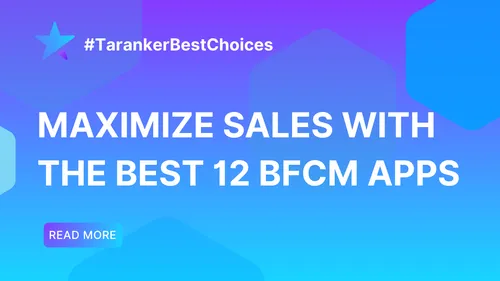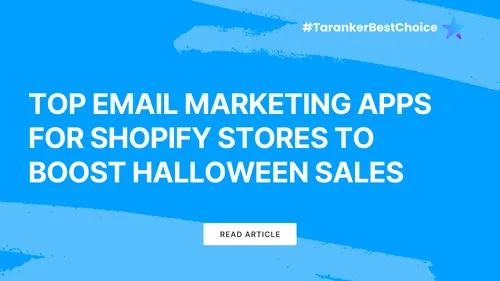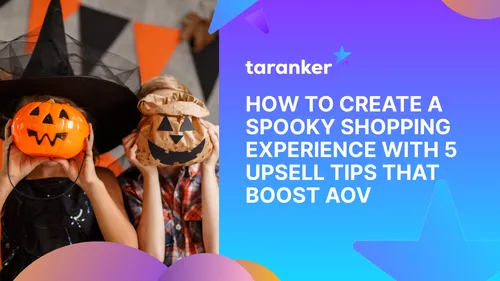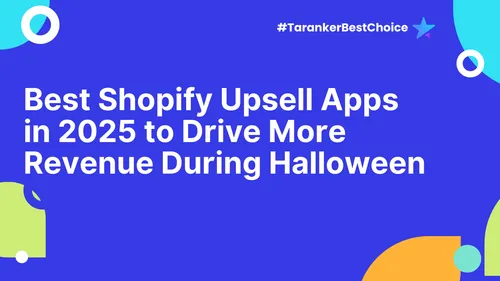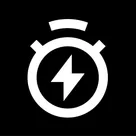A slow-loading Shopify store can hurt your sales, increase bounce rates, and damage your search engine rankings. In the fast-paced world of e-commerce, customers expect quick and seamless shopping experiences.
Fortunately, Shopify performance apps can help optimize your store’s speed, reduce load times, and improve overall user experience. In this guide, we'll explore why your Shopify store is slow, how to test its performance, and which performance apps can help fix slow loading times.
1. Why Is Your Shopify Store Loading Slowly?

Before applying fixes, it's essential to understand the common causes of slow Shopify stores:
✔ Unoptimized Images – Large image files slow down page speed.
✔ Too Many Apps – Every installed app adds extra code, increasing load time.
✔ Unnecessary JavaScript & CSS – Excess scripts and stylesheets can delay rendering.
✔ Slow Theme Performance – Some Shopify themes are bloated and poorly optimized.
✔ No Browser Caching – Lack of caching means files reload every time a visitor returns.
✔ Uncompressed Files – HTML, CSS, and JavaScript files that aren’t minified add unnecessary weight to your site.
Identifying the root cause is the first step toward fixing slow loading times.
2. How to Test Your Shopify Store’s Speed

Before making optimizations, check your store’s current performance using these tools:
🔹 Google PageSpeed Insights (pagespeed.web.dev) – Provides detailed performance reports and suggestions for improvements.
🔹 GTmetrix (gtmetrix.com) – Analyzes speed, performance scores, and page load times.
🔹 Shopify Analyzer (analyze.speedboostr.com) – Specifically designed for Shopify stores, this tool identifies Shopify-related speed issues.
💡 Pro Tip: Test both desktop and mobile speeds, as mobile optimization is crucial for e-commerce success.
3. Best Shopify Performance Apps to Fix Slow Loading Times
Installing the right Shopify performance apps can significantly enhance page speed and improve user experience. Here are some of the best Shopify speed optimization apps:
A. Image Optimization Apps
|
App Name |
Features |
Pricing |
|
TinyIMG |
Compresses images, adds ALT text, improves SEO |
Free & Paid plans |
|
SEO Image Optimizer & Page Speed |
Reduces image sizes while keeping quality intact |
Free & Paid plans |
|
LoyaltyHarbour Image Optimizer |
Automates image compression and enhances load speed |
Paid |
💡 Why Use It? Large images slow down pages. These apps automatically compress and optimize images without sacrificing quality.
B. Lazy Loading Apps
|
App Name |
Features |
Pricing |
|
LazyLoad by Speed Boostr |
Defers loading of off-screen images for faster initial load |
Free |
|
Rocket Page Speed |
Implements lazy loading for images, videos, and iframes |
Paid |
💡 Why Use It? Lazy loading ensures images load only when needed, preventing unnecessary delays.
C. JavaScript & CSS Minification Apps
|
App Name |
Features |
Pricing |
|
Page Speed Optimizer |
Minifies CSS & JavaScript, improves load time |
Free |
|
SpeedBoostr |
Removes unused code, optimizes scripts |
Paid |
💡 Why Use It? Unoptimized scripts slow down site speed. These apps minify and optimize CSS & JavaScript, improving efficiency.
D. Caching & Preloading Apps
|
App Name |
Features |
Pricing |
|
Hyperspeed |
Adds browser caching, lazy loading, and script optimization |
Paid |
|
Booster: Page Speed Optimizer |
Enables faster loading through predictive page preloading |
Free |
💡 Why Use It? Caching stores frequently accessed files, reducing the time required to load pages for returning visitors.
E. All-in-One Speed Optimization Apps
|
App Name |
Features |
Pricing |
|
Shopify Booster Theme Optimizer |
Speeds up entire store with AI-based enhancements |
Paid |
|
Speed Optimization Suite |
Offers lazy loading, script minification, caching |
Paid |
💡 Why Use It? These apps combine multiple optimization features into a single solution, making speed improvements easy.
4. Additional Tips to Improve Shopify Performance

Aside from using performance apps, follow these best practices to speed up your Shopify store:
✔ Choose a Fast-Loading Theme – Use lightweight Shopify themes like Debut, Dawn, or Turbo.
✔ Reduce Unused Apps – Uninstall apps you’re not using to prevent excess code bloat.
✔ Limit External Scripts – Avoid excessive third-party scripts (e.g., too many tracking pixels).
✔ Use Accelerated Mobile Pages (AMP) – Shopify AMP apps help speed up mobile pages.
✔ Enable Shopify’s Built-in Performance Features – Shopify provides tools like CDN caching and automatic image resizing.
💡 Pro Tip: Test speed improvements after implementing changes to track progress.
5. How to Monitor Your Shopify Store’s Performance Over Time

Regular speed monitoring ensures your optimizations remain effective. Set up a monthly performance audit using:
✅ Google Analytics – Tracks loading speeds and user behavior.
✅ GTmetrix & PageSpeed Insights – Monitors website speed and performance.
✅ Shopify Dashboard Reports – Shopify provides built-in analytics for site performance.
💡 Pro Tip: Every time you install a new app, test your store speed to ensure it doesn’t negatively impact performance.
Final Thoughts
Fixing slow loading times on Shopify is essential for increasing conversions and improving customer experience. By using Shopify performance apps, optimizing images, minifying scripts, and leveraging caching solutions, you can create a fast, high-performing online store.
📌 Start optimizing today! Choose one of the Shopify performance apps from this guide and track your results.
Frequently Asked Questions (FAQs)
1. How do I know if my Shopify store is slow?
Use Google PageSpeed Insights, GTmetrix, or Shopify Analyzer to check your page speed and receive improvement suggestions.
2. Will installing too many Shopify apps slow down my store?
Yes! Each app adds extra code, so remove any unnecessary apps to improve performance.
3. What is the best Shopify app for fixing slow loading times?
For image optimization, use TinyIMG. For overall speed improvements, Hyperspeed or Booster Page Speed Optimizer are great choices.
4. How does lazy loading help improve speed?
Lazy loading ensures that only visible images load first, reducing initial page load time and improving user experience.
5. Should I switch my Shopify theme for better speed?
If your current theme is slow and unoptimized, consider switching to fast-loading themes like Dawn or Turbo.

